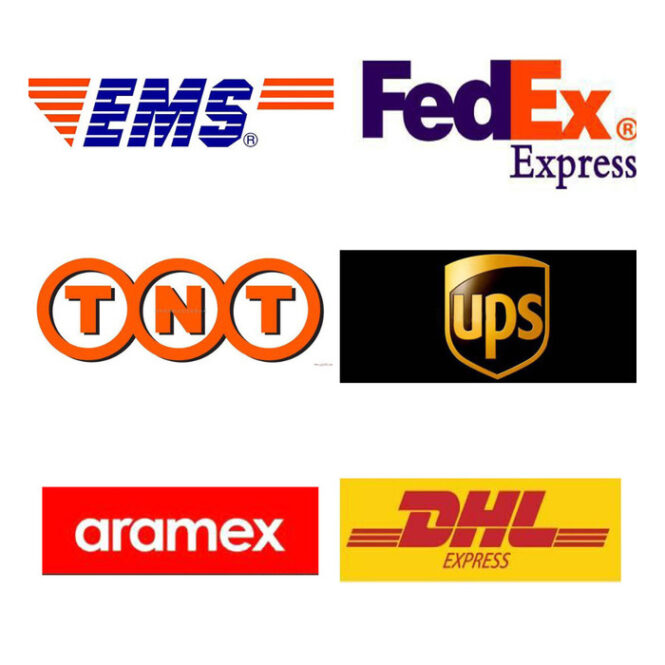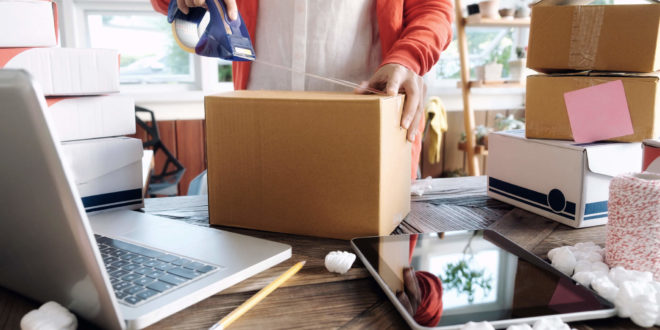One of the most important things that you need in eCommerce is a shipping strategy that is easy to follow and scalable. You can sell excellent products with a fantastic advertising campaign, but that doesn’t mean that your shipping is up to scratch. You need to be able to give consistency to your customers and you can do that with the right product delivery experience.
It may not seem like the most important thing to worry about – shipping – but as people become acquainted with your brand, the orders will pile in and your need to use the right packaging and transportation supplies will increase.
You could be doing all the right things when you sell products and ship them, but a sudden increase in orders can happen as fast as overnight. You have to be prepared for that, and that means a little strategic thinking can go a long way. Your first step should be education: the more you know, the better you do!
Approaching product transportation for your eCommerce business is important, and with these simple steps, you can learn everything you need to know about product shipping. Let’s take a look!
Step 1: Know Your Business

Before you do anything in the way of buying shipping and packaging materials, you need to work out what strategy you need for your business and whether that strategy is scalable. According to the enKo website, No two transportation strategies are the same and there are a lot of factors to evaluate. You’ll need to decide your approach to:
- Pricing
- Packaging
- Inventory Management
- Product Fulfilment
This means understanding your customer, your product and your packaging options so that you can offer the best possible experience.
Step 2: Check Your Fulfilment Options

Building the right strategy in terms of transportation for your eCommerce business involves understanding your fulfillment options. The one that you choose will affect the way that your products are shipped out. Your options include:
- Self-Fulfillment. This is where you buy, store and manage your orders for shipment yourself.
- 3PL. You buy the products, send them to a warehouse and then the warehouse will keep track of everything for you.
- Dropshipping. You don’t purchase the products, instead, you only buy what your customers order as they order it. You then send this to your dropshipping vendor and they fulfill the order for you.
There are advantages and disadvantages to each of these methods, so learning them is important!
Step 3: Know That Packaging Matters

The shipping and packaging supply that you use counts for a lot, and you need to know that you are using the right ones. The packaging material that you choose will depend on what you want to spend and what your business goals are. It’ll also rely on the fulfillment option of choice!
Step 4: Understand Your Shipping Options

Once you’ve determined the packaging and fulfillment options that you want to use for your business, you then need to work out your transportation options. There are a lot of companies out there that will offer different things, from USPS and FedEx to UPS and DHL. The carrier guidelines and transportation rates will vary, but you need to ensure that you choose the right one for your business.
Compare your rates and make sure that you are using the best for your customers and your own budget, and don’t get stung on dimension weights. Those can cost you the big bucks if you’re not careful!
Step 5: Assess Pricing

Costs will affect you and your customers, and pricing is important to consider. Your transportation costs will always be an expensive part of your business finance, and if you don’t consider these costs early you could get stung later on!
Free shipping is nice and all, but it could leave you well out of pocket. So, consider your costs of supplies and packaging before you do anything else – it’s important!
Step 6: Lock It In

When you’ve gone through all your sections here and you have outlined your pricing, the final step is to cement your shipping strategy. Have a clear framework to implement and revise as your business grows and share this with the right people in your business.
Now that you know how to approach your shipping strategy for your business, you’re going to be in a better position than ever before to get it right for your customers.
 Imagup General Magazine 2024
Imagup General Magazine 2024



